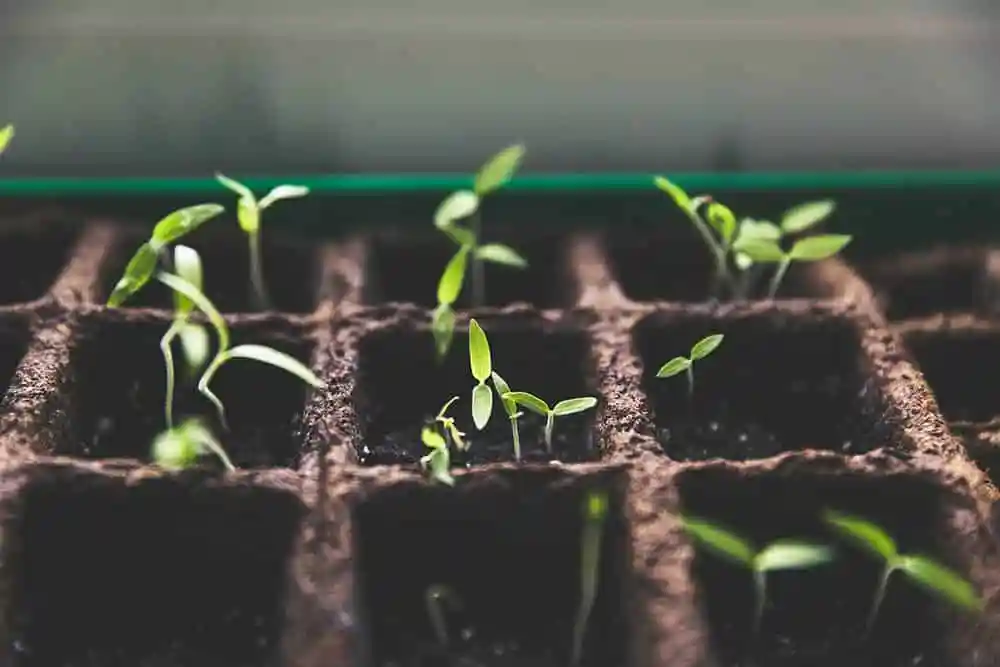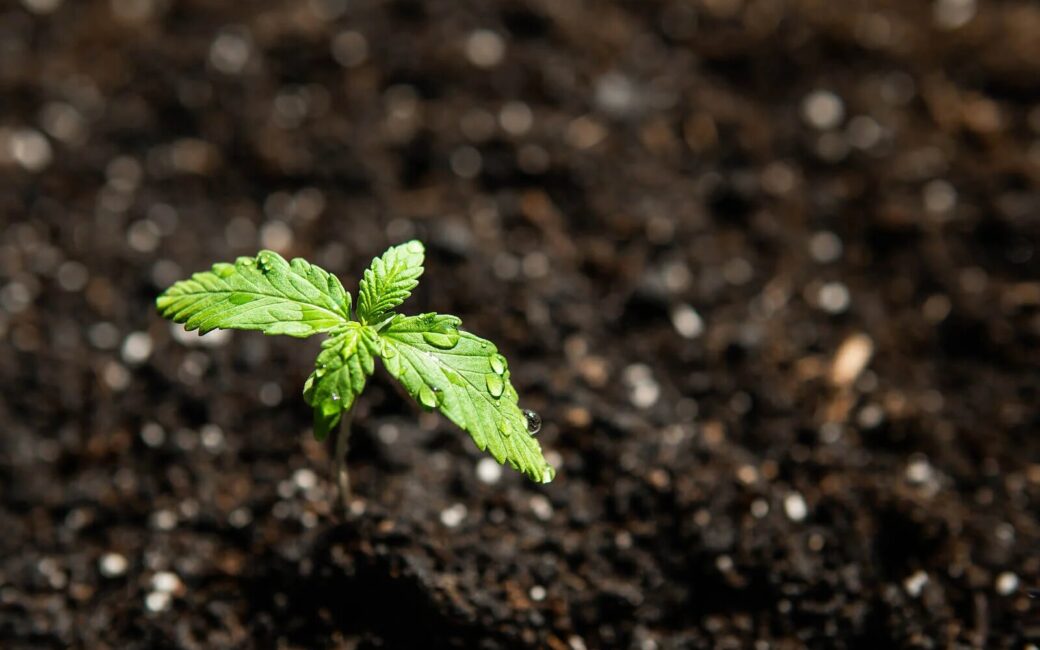Introduction:
Germinating cannabis seeds is the first step towards growing your own cannabis plants. Whether you’re a seasoned cultivator or a beginner, understanding the germination process is crucial for ensuring successful growth. In this guide, we’ll walk you through the step-by-step process of germinating cannabis seeds, covering everything from seed selection to transplanting seedlings.

1. Seed Selection:
- Choose high-quality seeds from reputable breeders or seed banks.
- Consider the strain characteristics, such as potency, flavor, and growth traits, to match your preferences and growing environment.
- Opt for feminized seeds if you want to ensure all your plants are female, which produce the coveted buds.
2. Germination Methods:
a. Paper Towel Method:
- Place your seeds between two moist paper towels or in a damp paper towel inside a plastic bag. Keep the environment warm and dark, ideally around 70-85°F (21-29°C).Check the seeds daily for signs of sprouting, which typically occurs within 24-72 hours.
b. Direct Soil Method:
- Plant your seeds directly into pre-moistened soil about 0.5 to 1 inch deep.
- Maintain a warm, humid environment by covering the pots with a plastic dome or using a seedling heat mat.
- Water lightly to keep the soil consistently moist but not waterlogged.
3. Ideal Germination Conditions:
- Temperature: Aim for temperatures between 70-85°F (21-29°C) to encourage faster and more consistent germination.
- Moisture: Keep the growing medium (paper towels or soil) consistently moist but not waterlogged to prevent drowning the seeds.
- Darkness: Cannabis seeds germinate best in a dark environment, which mimics their natural conditions under the soil.
4. Seedling Care:
- Once the seeds have sprouted and developed a taproot, carefully transplant them into small pots filled with well-draining soil.
- Provide adequate lighting, such as fluorescent or LED grow lights, positioned about 2-4 inches above the seedlings.
- Maintain a 18/6 light cycle (18 hours of light, 6 hours of darkness) during the seedling stage to promote healthy growth.
- Keep the humidity level around 60-70% to prevent the seedlings from drying out.
5. Troubleshooting Germination Issues:

- Slow Germination: If seeds take longer than expected to sprout, ensure the temperature and moisture levels are optimal. Some seeds may require up to a week to germinate.
- Damping Off: This fungal disease can occur if the growing medium is too wet or if airflow is inadequate. Prevent damping off by allowing the soil to dry slightly between waterings and providing good ventilation.
- Seedling Stretching: If seedlings grow tall and leggy, it’s a sign of inadequate light. Adjust the light source to be closer to the seedlings to prevent stretching.
6. Transplanting Seedlings:
- Once the seedlings have developed a few sets of true leaves and outgrow their small pots, transplant them into larger containers or your chosen growing medium.
- Handle the seedlings carefully by their leaves or root ball to avoid damaging the delicate roots.
- Provide adequate space between plants to allow for proper root development and airflow.
7. Nutrient Requirements:
- During the seedling stage, cannabis plants have minimal nutrient requirements as they primarily rely on the nutrients stored within the seed.
- Start feeding nutrients only once the seedlings have developed their first set of true leaves, typically around 2-3 weeks after germination.
- Use a balanced fertilizer with equal parts nitrogen, phosphorus, and potassium (NPK) to support healthy growth.
- Begin with a diluted nutrient solution, gradually increasing the strength as the plants mature and their nutrient needs increase.
8. Pest and Disease Management:
- Keep a close eye on your seedlings for any signs of pests or diseases, such as spider mites, aphids, or powdery mildew.
- Practice preventive measures, such as maintaining a clean growing environment, using sterilized soil or growing medium, and inspecting plants regularly.
- If pests or diseases are detected, address them promptly using organic or chemical solutions, depending on your preferences and cultivation practices.
9. Environmental Considerations:
- Maintain proper environmental conditions throughout the seedling stage, including temperature, humidity, and airflow.
- Monitor the temperature to prevent fluctuations that could stress the plants or inhibit growth.
- Adjust humidity levels as needed, especially in indoor environments, to avoid issues like mold or excessive moisture.
- Provide adequate ventilation to promote air circulation and prevent stagnant air, which can lead to pest infestations or diseases.
10. Training and Pruning:
- As your seedlings continue to grow, consider training techniques such as topping, low-stress training (LST), or pruning to shape the plants and promote bushier growth.
- Topping involves removing the top growth tip to encourage lateral branching and multiple colas.
- LST involves gently bending and tying down branches to manipulate their growth patterns and create an even canopy.
- Pruning involves removing unnecessary foliage or lower growth to improve airflow and light penetration to the lower parts of the plant
Conclusion:
Successfully germinating cannabis seeds is the first step towards a rewarding cultivation journey. By selecting high-quality seeds, providing optimal germination conditions, and nurturing your seedlings through the early stages of growth, you’ll set the foundation for healthy and vigorous cannabis plants. Remember to stay attentive to your plants’ needs and be prepared to troubleshoot any issues that may arise along the way. With patience and care, you’ll soon be enjoying the fruits of your labor with a bountiful cannabis harvest.

